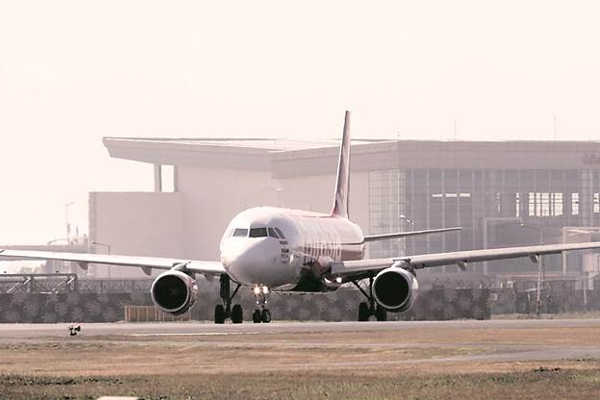India leads domestic traffic in June
The International Air Transport Association (IATA) has announced global passenger traffic data for June showing that demand (measured in total revenue passenger kilometers or RPKs) rose by 7.8 per cent compared to the year-ago period. This was in line with the 7.7 per cent growth recorded in May. All regions reported growth. June capacity (available seat kilometers or ASKs) increased by 6.5 per cent, and load factor rose 1.0 percentage point to 81.9 per cent. For the first six months of 2017, the industry experienced a 12-year high in traffic growth (7.9 per cent) and a record first half load factor of 80.7 per cent.
“A brighter economic picture and lower airfares are keeping demand for travel strong. But as costs rise, this stimulus of lower fares is likely to fade. And uncertainties such as Brexit need to be watched carefully. Nonetheless, we still expect 2017 to see above-trend growth,” said Alexandre de Juniac, director general and CEO, IATA.
June international passenger demand rose 7.5 per cent compared to June 2016. All regions recorded growth, led by airlines in Africa. Capacity climbed 6.2 per cent, and load factor climbed 1.0 percentage point to 80.6 per cent.
Asia-Pacific airlines’ June traffic jumped 9.1 per cent compared to the year-ago period. Capacity rose 7.9 per cent and load factor edged up 0.9 percentage points to 79.3 per cent.The overall upward trend in seasonally-adjusted traffic remains strong, although volumes have slipped in recent months. Traffic on Asia-Europe routes continues to trend upwards following terrorism related disruptions in early 2016. However, solid demand growth on international routes within Asia has paused.
Demand for domestic travel climbed 8.2 per cent in June compared to June 2016, up slightly from the 7.9 per cent growth seen in May. June capacity increased seven per cent, and load factor rose 0.9 percentage points to 84.3 per cent. Led by China and India, all markets reported demand increases, but with wide variation.
India led all markets with a 20.3 per cent rise in domestic traffic in June. However, the strong upward trend in traffic has slowed since the country’s unexpected ‘demonetisation’ in November 2016. India’s streak of year-on-year double-digit traffic growth may have ended with June.
China’s domestic traffic surged 17.6 per cent in June, which was ahead of the first half growth rate of 15.2 per cent. There continues to be little sign of any slowdown in the traffic trend and second quarter GDP figures were stronger than expected. Air travel demand is continuing to be stimulated by supply factors, including ongoing growth in the number of unique airport-pair routes served, which ultimately translates into time savings for passengers.
“This is all good news. The demand for travel is strong and that, in turn, will make a positive contribution to the global economy. This growth will also further expose infrastructure deficiencies. In every part of the world airport and air navigation infrastructure is struggling to cope with demand. There are plenty of examples linking connectivity and economic prosperity. But few governments have been able to deliver on the imperatives of sufficient capacity, quality aligned with user needs and affordability. This year’s strong growth is a reminder that there is no time to lose,” said de Juniac.

